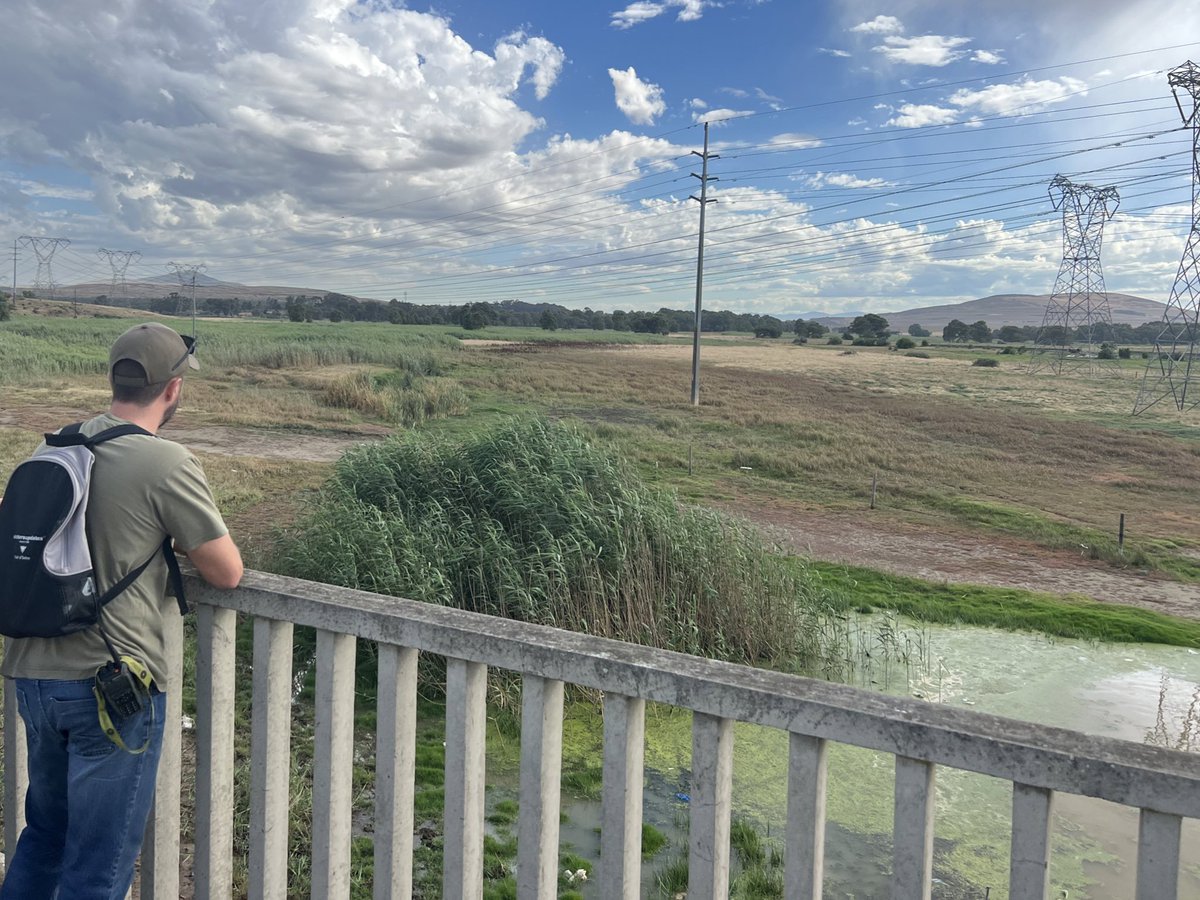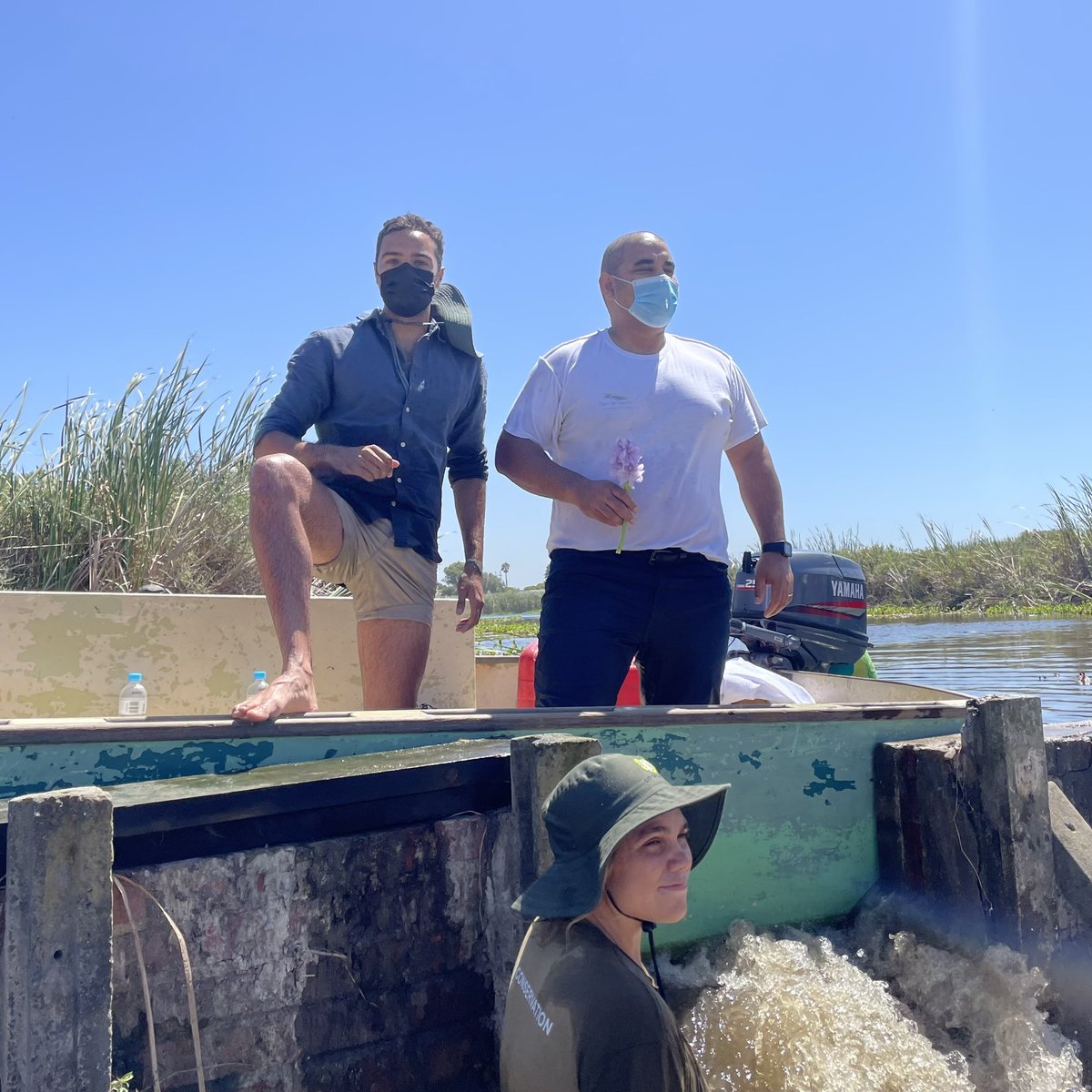
Reflecting on the #KnowYourRiver Lower Diep River Walk
Yesterday I walked from the N7 Highway to the Milnerton Lagoon Mouth to see for myself the challenges facing the Diep River. I was joined by @CityofCT officials. We met community members & user groups along the way.
Yesterday I walked from the N7 Highway to the Milnerton Lagoon Mouth to see for myself the challenges facing the Diep River. I was joined by @CityofCT officials. We met community members & user groups along the way.

Along this 15 kilometres stretch of river key challenges we saw were land invasion below the floodline, pollution from industrial run off, and sewage ingress from informal communities. 

The community members we met along the river, and user groups such as the Milnerton Horse Riding School, all have a common desire to see a healthy and safe river. 

At Potsdam I was able to conduct oversight at the settlement ponds, discharge points into the river, and other infrastructure at the plant. A combination of pond maintenance and other smaller measures will make a meaningful difference to the plant which is already overcapacity. 



It is however clear to me, after this walk, that everything else we need to do downstream of Potsdam will be meaningless without the much-needed Billion Rand upgrades to the plant. We are anticipating this will break ground in 2023. 

Despite this pollution a fair amount of biodiversity, especially bird life, still exists along all stretches of the river. 





150+ years of bad choices along 120km+ of the Diep & Mosselbank Rivers have contributed towards the ecosystem collapse you smell at Milnerton Lagoon today. 

There isn’t one single entity, event or time that can be blamed. But I can assure you we are walking the path out of the stink.
I will continue, for the remainder of my term, to walk the length of the rivers in Cape Town to see for myself the challenges they face.
I will continue, for the remainder of my term, to walk the length of the rivers in Cape Town to see for myself the challenges they face.

I’d like to thank Councillor Fabian Ah-Sing for joining us to walk the Milnerton Lagoon.
• • •
Missing some Tweet in this thread? You can try to
force a refresh

















